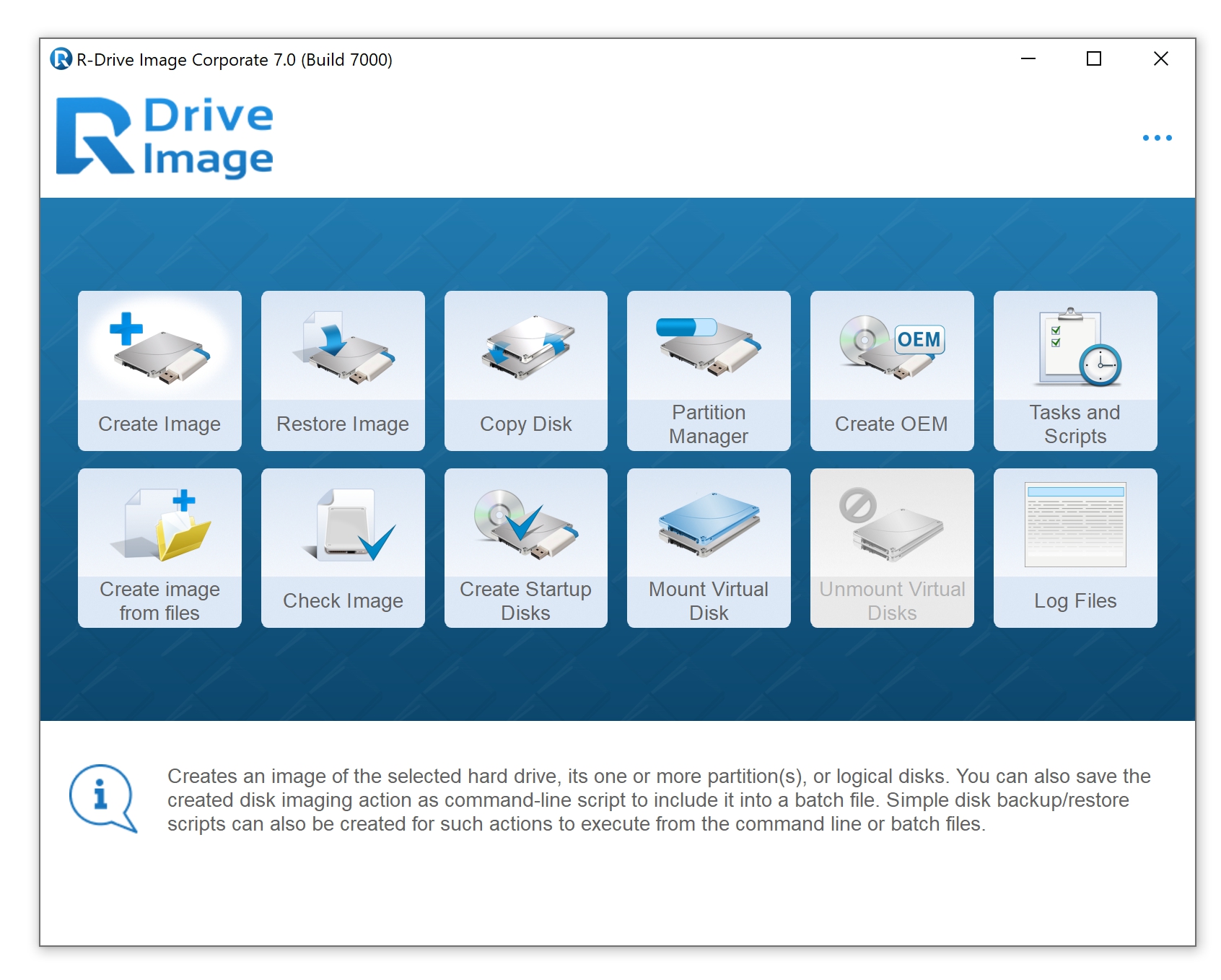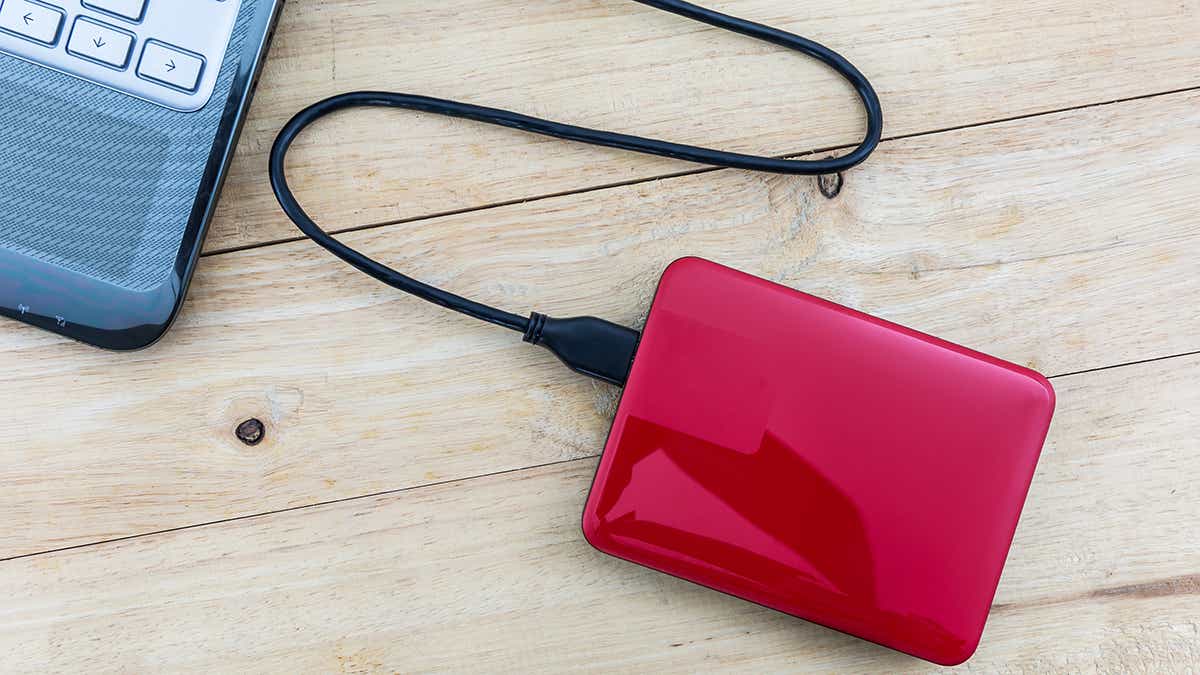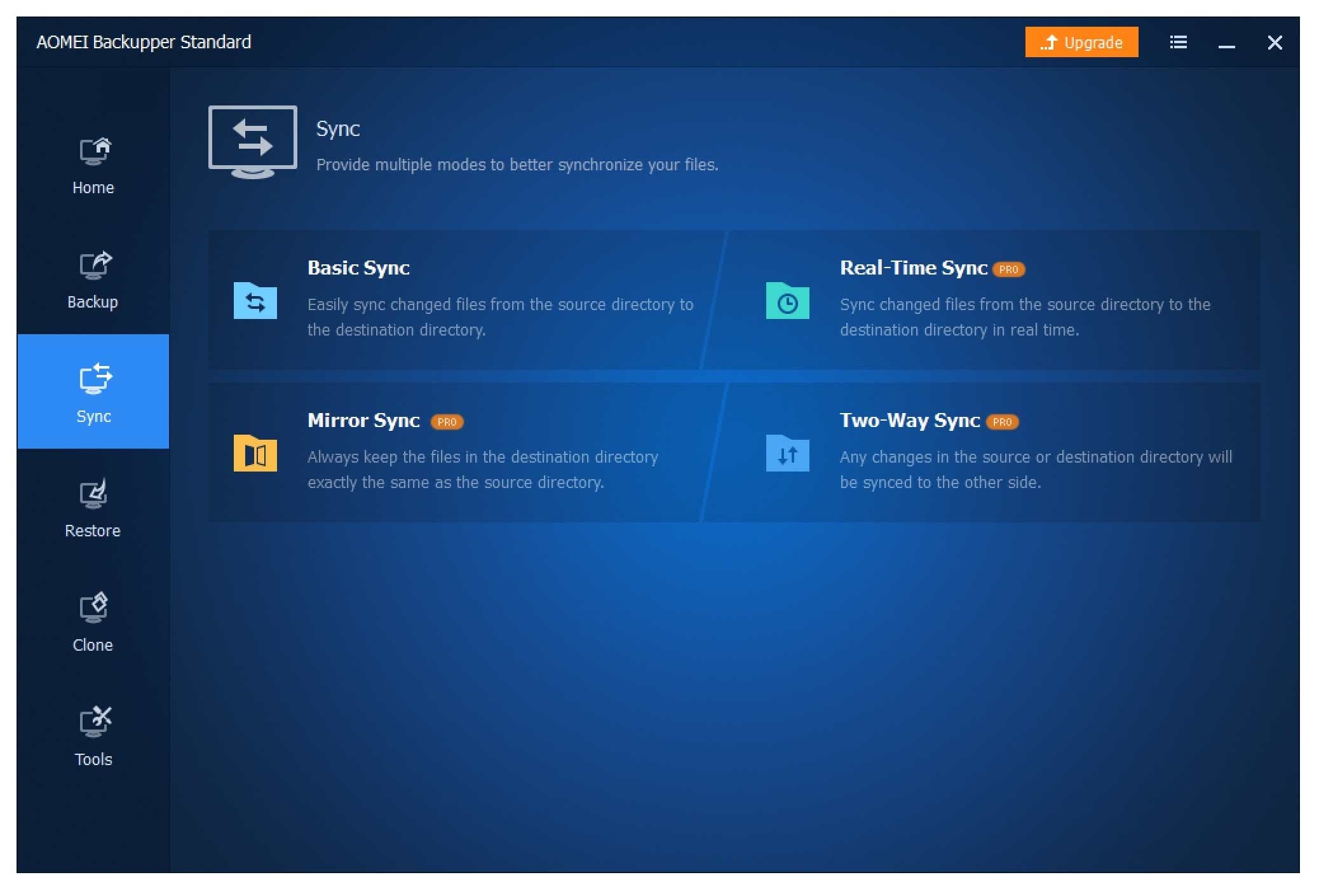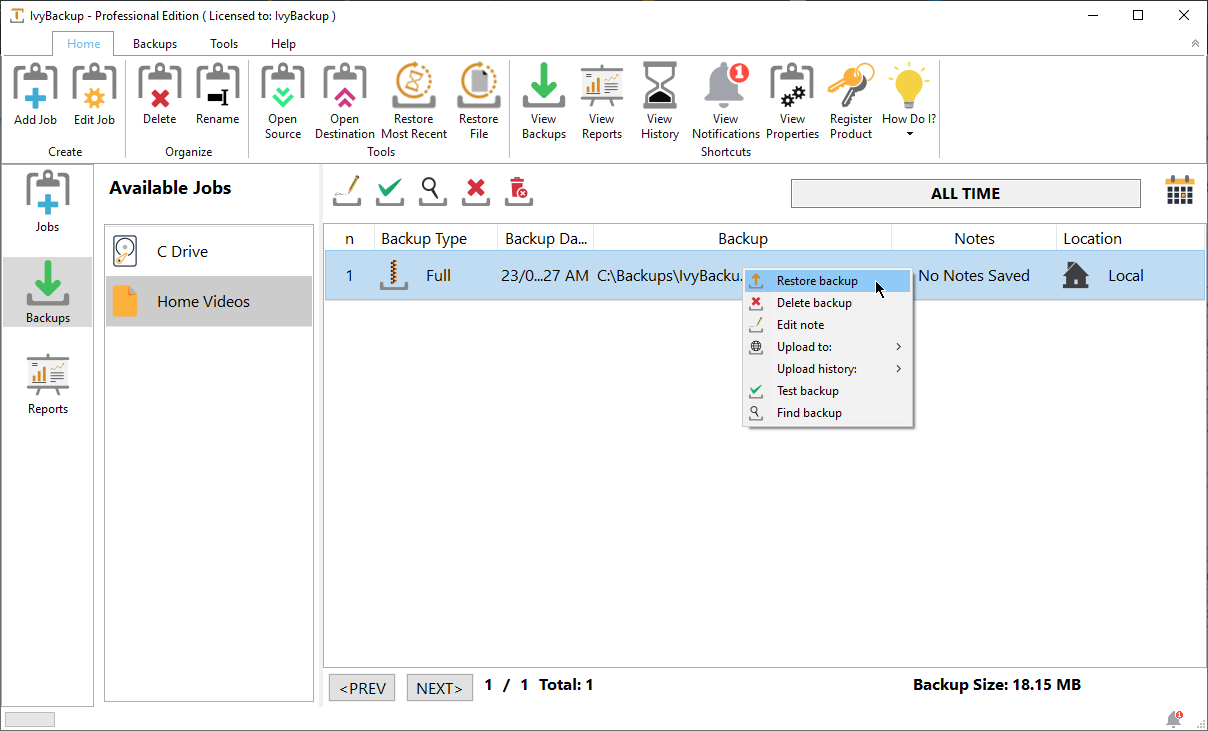We need backup software for our PCs because our storage drives won’t last forever. Backup software ensures we’re covered when the day comes that our primary drive up and dies.
It would be nice if Microsoft itself provided Windows users with something like Apple’s Time Machine: an effective, set-it-and-forget-it, total system recovery and backup solution that requires little interaction or thought on the user’s part.
Instead, Microsoft delivers a mishmash of restore points, recovery discs, file backup, and even the un-retired System Backup (Windows 7), which was probably originally put out to pasture for its propensity to choke on dissimilar hardware. Online backup services are another option, but desktop clients tend to offer far more flexibility.
Plenty of vendors have stepped in with worthy alternatives, and while none are quite as slick or transparent as Time Machine, some come darn close—and many are free. Read on for our top picks.
1. R-Drive Image 7 – Best overall


R-Drive Image has always been a favorite of ours—a low-resource-consuming product that was ultra-reliable in creating backup images of partitions and disks. But it didn’t have as much polish as Acronis’s backup program (below) and wasn’t as feature rich. That has changed with this latest version, which now has a more modern, user-friendly interface and more versatility in the types of backups you can perform.
Read our full
R-Drive Image 7 review
2. Acronis True Image 2021 – Best overall runner-up


There’s a reason Acronis is renowned in the world of backup software. Cyber Protect Home Office (previously named Acronis True Image) is capable, flexible, and rock-solid reliable. Indeed, it’s easily the most comprehensive data safety package on the planet.
Besides offering unparalleled backup functionality that’s both robust and easy to navigate, it integrates security apps as well, which protect against malware, malicious websites, and other threats using real-time monitoring.
Read our full
Acronis Cyber Protect Home Office review
3. Cobian Backup 11
If you can overlook its very old-school aesthetic, Cobian Backup is freebie that capably takes care of file backups, and can even run the same backup task to multiple destinations. It doesn’t offer any system imagining functionality, so you’ll need another solution for that.
Read our full
Cobian Backup 11 review
4. Backupper 6 Standard – Best free option

Among the free programs we tested, Backupper Standard wins primarily because it has the most features, including imaging, file backup, disk cloning, and plain file syncing, plus multiple scheduling options (see our full review). This was the case with Backupper 4, and the latest version has only added more options, making it a surprisingly well-rounded free offering. We hit a few performance snags with less-conventional system setups, but for the average user, it should perform as expected.
Read our full
Backupper 6 Standard review
5. CloudBerry Backup Desktop

CloudBerry is a good solution for a mixed storage scenario—i.e., you want to back up data from various sources to various destinations. It’s also highly configurable. But it’s not as user friendly as some of the other popular solutions. Luckily there’s a free version you can try out before plunking down any cash.
Read our full
CloudBerry Backup Desktop review
6. IvyBackup

IvyBackup sports a clean look, and saves in common Zip and VHD formats. However, it didn’t check if there was enough space for its image backups, which caused some unlogged failures.
Read our full
IvyBackup review
What to look for in backup software
As with most things—don’t over-buy. Features you don’t need add complexity and may slow down your system. Additionally, if you intend to back up to a newly purchased external hard drive, check out the software that ships with it. Seagate, WD, and others provide backup utilities that are adequate for the average user.
File backup: If you want to back up only your data (operating systems and programs can be reinstalled, though it’s mildly time- and effort-consuming), a program that backs up just the files you select is a major time-saver. Some programs automatically select the appropriate files if you use the Windows library folders (Documents, Photos, Videos, etc.).
Image backup/Imaging: Images are byte-for-byte snapshots of your entire hard drive (normally without the empty sectors) or partition, and can be used to restore both the operating system and data. Imaging is the most convenient to restore in case of a system crash, and also ensures you don’t miss anything important.
Boot media: Should your system crash completely, you need an alternate way to boot and run the recovery software. Any backup program should be able to create a bootable optical disc or USB thumb drive. Some will also create a restore partition on your hard drive, which can be used instead if the hard drive is still operational.
Scheduling: If you’re going to back up effectively, you need to do it on a regular basis. Any backup program worth its salt allows you to schedule backups.
Versioning: If you’re overwriting previous files, that’s not backup, it’s one-way syncing or mirroring. Any backup program you use should allow you to retain several previous backups, or with file backup, previous versions of the file. The better software will retain and cull older backups according to criteria you establish.
Optical support: Every backup program supports hard drives, but as obsolescent as they may seem, DVDs and Blu-Ray discs are great archive media. If you’re worried about optical media’s reliability, M-Disc claims its discs are reliable for a thousand years, claims that are backed up by Department of Defense testing.
Online support: An offsite copy of your data is a hedge against physical disasters such as flood, fire, and power surges. Online storage services are a great way to maintain an offsite copy of your data. Backup to Dropbox and the like is a nice feature to have.
FTP and SMB/AFP: Backing up to other computers or NAS boxes on your network or in remote locations (say, your parent’s house) is another way of physically safeguarding your data with an offsite, or at least physically discrete copy. FTP can be used for offsite, while SMB (Windows and most OS’s) and AFP (Apple) are good for other PCs or NAS on your local network.
Real time: Real-time backup means that files are backed up whenever they change, usually upon creation or save. It’s also called mirroring and is handy for keeping an immediately available copy of rapidly changing data sets. For less volatile data sets, the payoff doesn’t compensate for the drain on system resources. Instead, scheduling should be used.
Continuous backup: In this case, ‘continuous’ simply means backing up on a tight schedule, generally every 5 to 15 minutes, instead of every day or weekly. Use continuous backup for rapidly changing data sets where transfer rates are too slow, or computing power is too precious for real-time backup.
Performance: Most backups proceed in the background or during dead time, so performance isn’t a huge issue in the consumer space. However, if you’re backing up multiple machines or to multiple destinations, or dealing with very large data sets, speed is a consideration.
How we test
We run each program through the various types of backups it’s capable of. This is largely to test reliability and hardware compatibility, but we time two: an approximately 115GB system image (two partitions), and a roughly 50GB image created from a set of smaller files and folders. We then mount the images and test their integrity via the program’s restore functions. We also test the USB boot drives created by the programs.
All of our reviews
If you’d like to learn more about our top picks as well as other options, you can find links below to all of our backup software reviews. We’ll keep evaluating new programs and re-evaluating existing software on a regular basis, so be sure to check back for our current impressions.
Jon is a musician, former x86/6800 programmer, and long-time (late
70s) computer enthusiast living in the San Francisco bay area.




